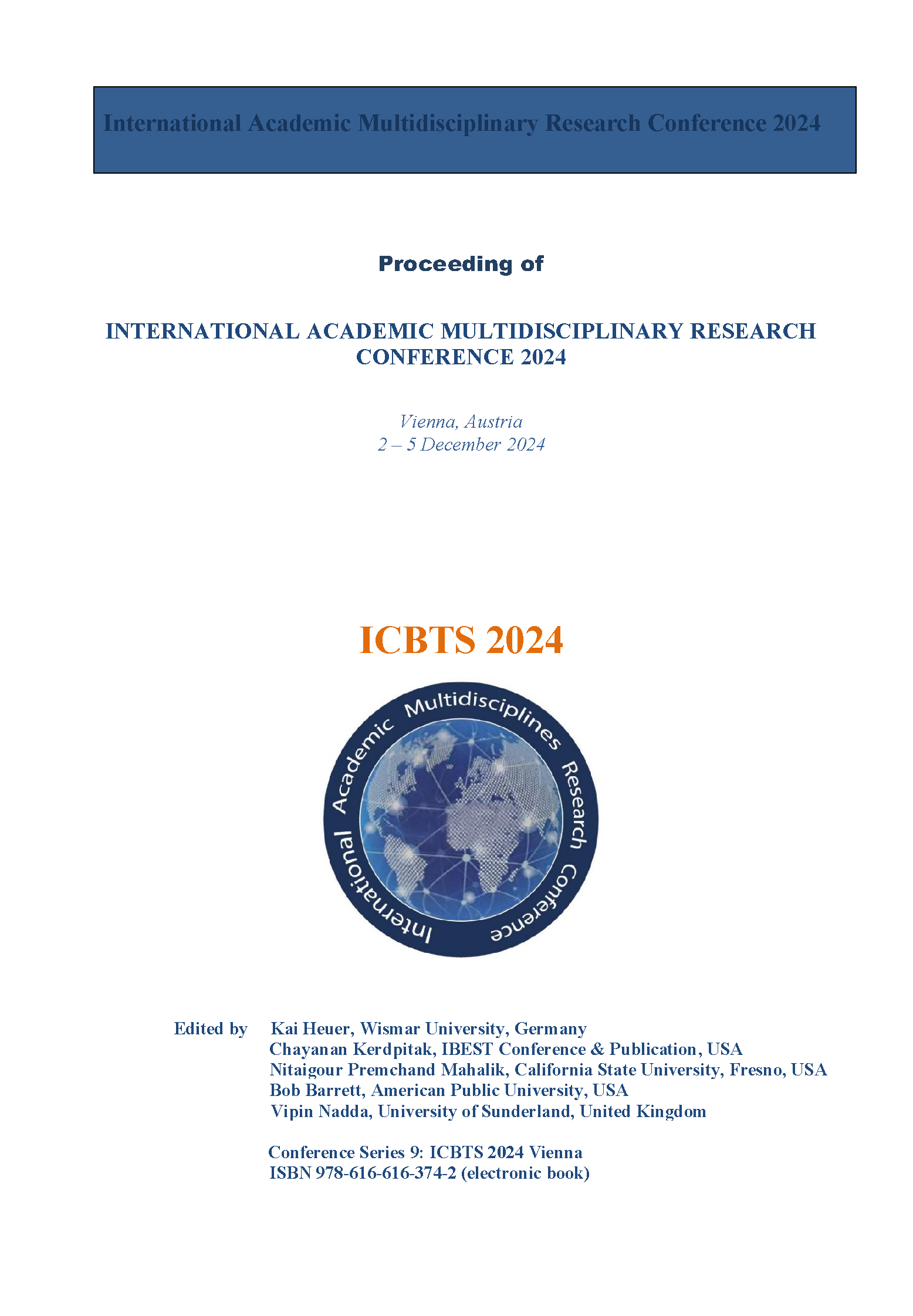Types of Corrective Feedback in Language Usage Affecting learners in basic-level classes: A comparison between learners with and without a Japanese Language background
Abstract
This research explores the types of Corrective Feedback that affect the learning of basic Japanese language learners. The types of Corrective Feedback are divided into six categories: Recast, Explicit correction, Clarification request, Metalinguistic feedback, Elicitation, and Repetition. These six categories can be further divided into two types: Input and Output. The aim of this study is to analyze the survey results in order to find ways to improve and develop Japanese language teaching techniques at the beginner level for first-year students at Suan Sunandha Rajabhat University. The basic Japanese language learners include both those with and without prior Japanese Language background. The survey found that for learners with a Japanese language background, explicit correction using the input method was the most effective in their learning. For learners who did not have a Japanese language background, elicitation using the output method had the most significant effect on their learning. Regarding the type of corrective feedback that had the least effect on learners, for those who had a Japanese language background, it was a clarification request using the output method, while for those who did not have a Japanese language background, it was recast using the input method.


